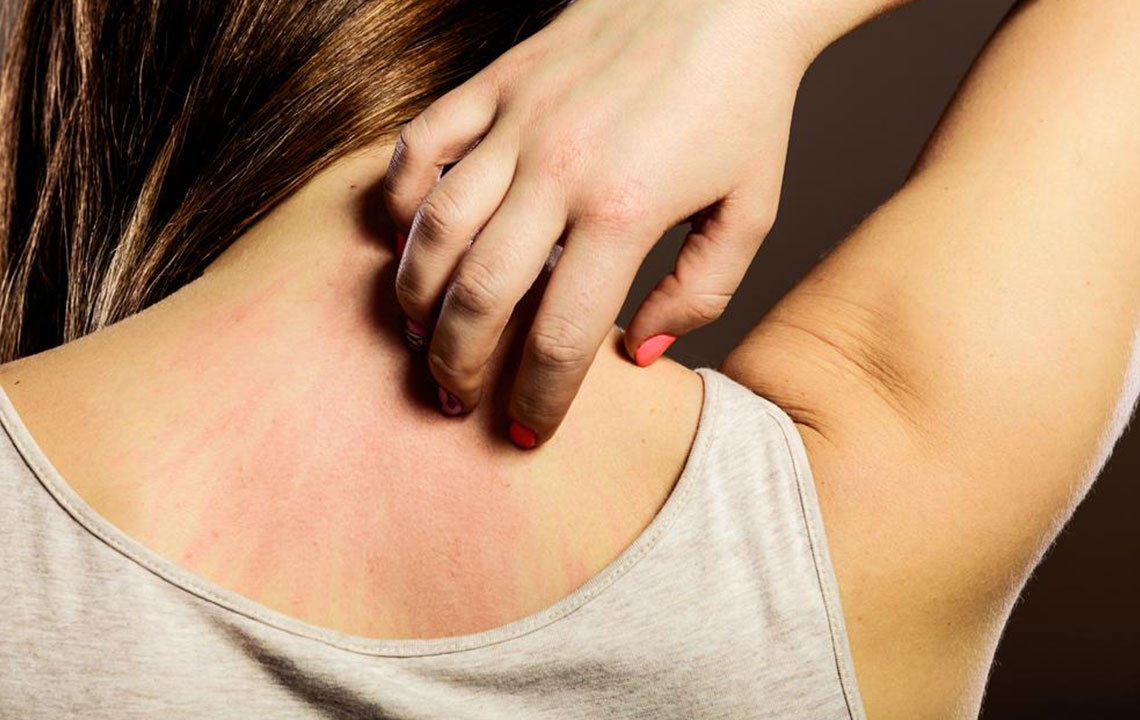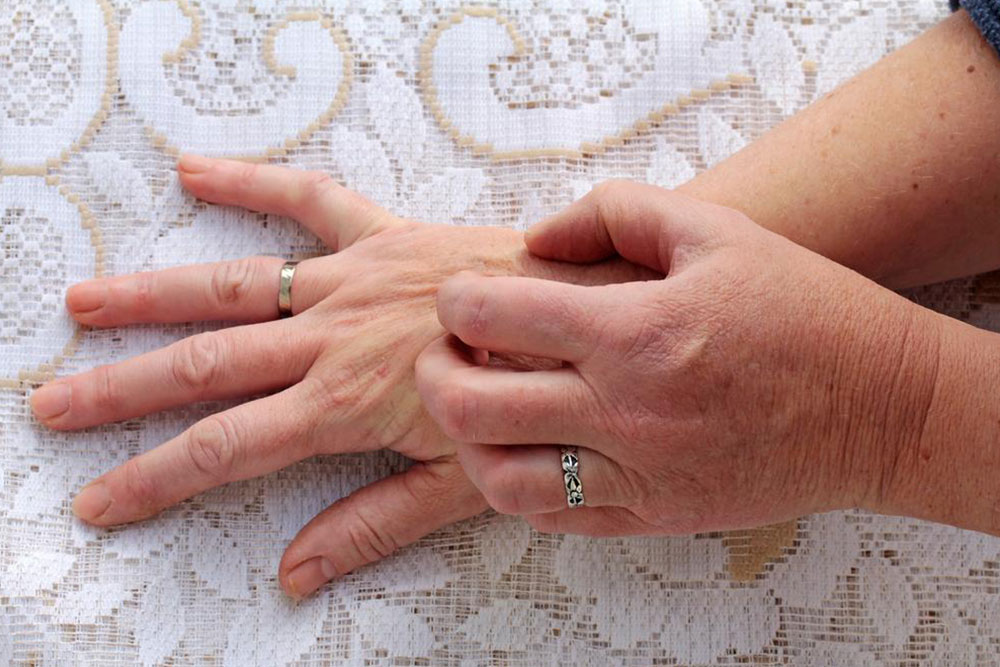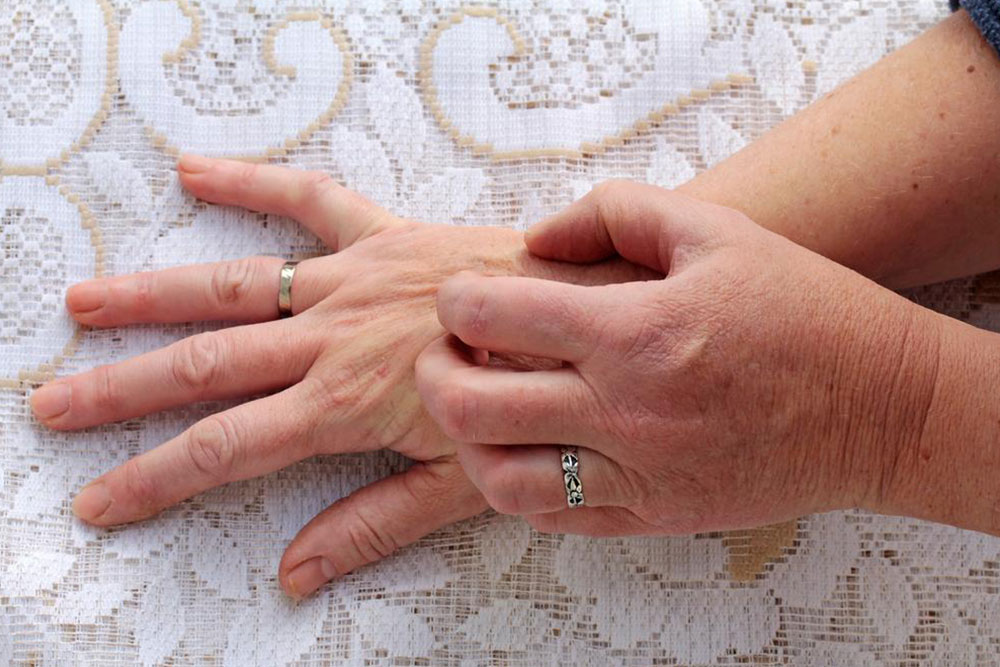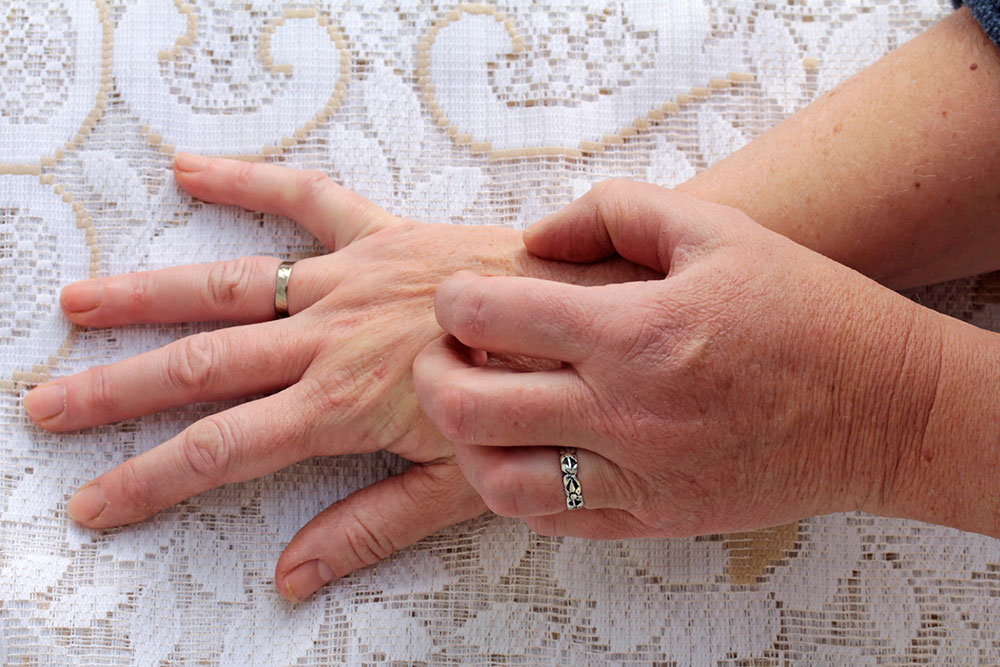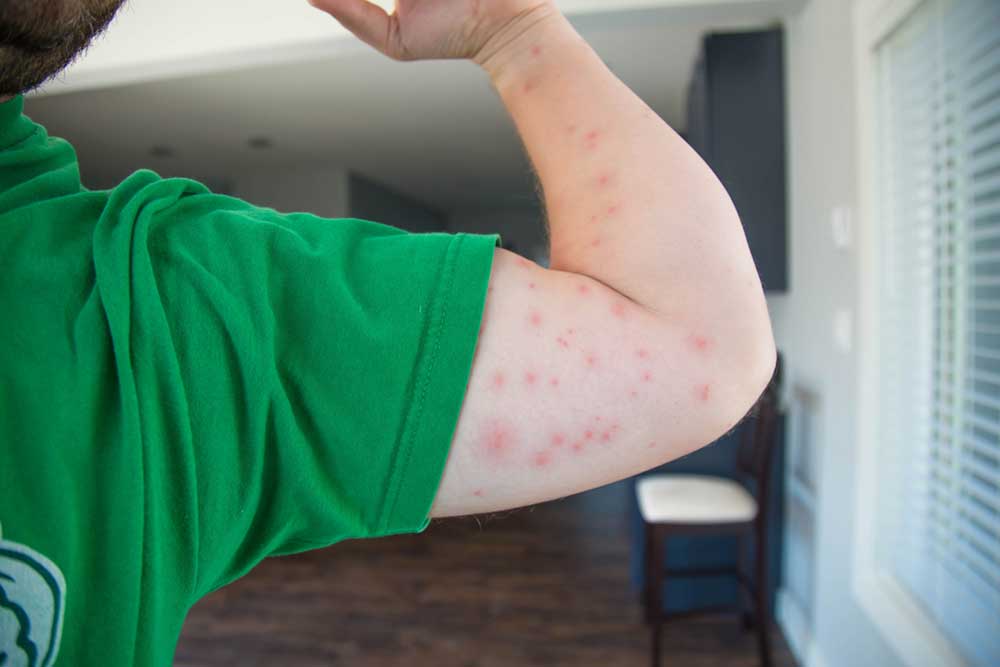Comprehensive Guide to Scabies Skin Rash: Causes, Symptoms, and Treatment
This guide offers detailed insights into scabies, including causes, symptoms, and common treatment approaches. It highlights the importance of early diagnosis and understanding the rash's appearance, such as bumps and burrows. Scabies affects all ages and is highly contagious, often spreading in healthcare environments. Recognizing signs like incessant itching and skin lesions can aid in swift treatment. The article emphasizes consulting medical professionals for proper care and prevention strategies, ensuring better health outcomes for affected individuals.
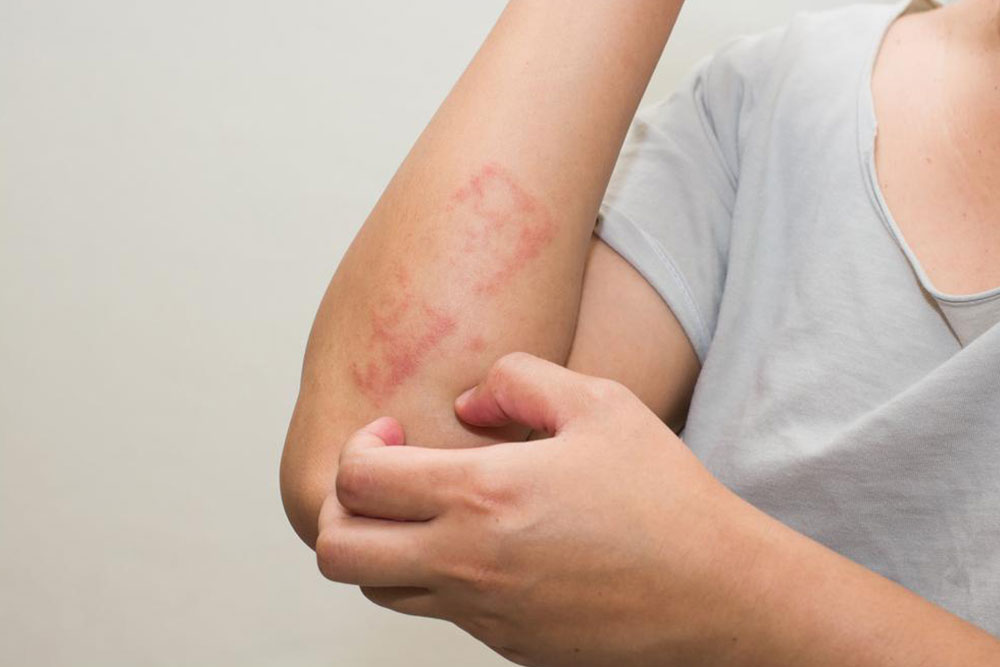
Comprehensive Guide to Scabies Skin Rash: Causes, Symptoms, and Treatment
Scabies is caused by Sarcoptes scabei mites, small eight-legged parasites that burrow into the skin, leading to a highly contagious and intensely itchy condition called scabies. The infestation results in a skin rash characterized by tiny red bumps, blisters, and burrows that are often visible under magnification. The mites thrive in temperatures above 20°C and commonly infest areas such as between fingers, wrists, elbows, knees, and genital regions. Scabies affects all age groups, including children and infants, and is prevalent worldwide, with around 300 million cases reported annually.
Typically, the rash appears as clusters of bumps, often crusted with blood, and may include tunnels or burrows visible as thin, brown, red, or gray lines. Though many assume bugs are always present in the rash, healthy adults may harbor up to 15 mites, causing various skin lesions. Common symptoms include persistent itching, especially at night, and scratch marks that can be mistaken for other skin conditions.
Scabies is frequently seen in healthcare settings like hospitals and nursing homes, especially among vulnerable populations such as the homeless. In children and infants, the rash often appears on the face, head, and palms, whereas adults tend to develop rashes in hidden areas like between fingers, underarms, and genital regions. Diagnosis often involves identifying burrows or tiny skin blisters, along with typical itching. While popular images depict bugs, the visible signs are often due to skin reactions around the mites’ tunnels. Recognizing these symptoms is crucial for prompt treatment and preventing spread.
Note:
Our blog provides in-depth information on various health topics. While our articles are based on research and credible sources, they should not replace professional medical advice. Always consult a healthcare provider for diagnosis and treatment. The site may not cover all available treatment options or offers.

